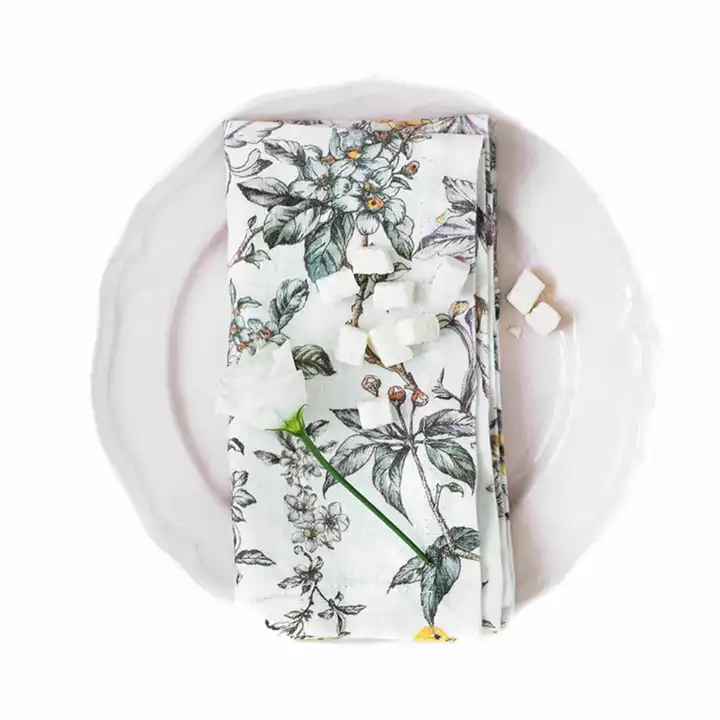What to Keep Out of the Crib
Mar . 15, 2024 10:08 Back to list
What to Keep Out of the Crib
Although experts have made it clear that cribs shouldn’t contain anything other than the minimal bedding we’ve outlined above, many manufacturers still sell and advertise unsafe products for cribs and infant sleep. Here’s what to avoid.\
Crib bumpers: In May 2022, President Joe Biden signed into law the Safe Sleep for Babies Act, which bans the manufacturing and distribution of crib bumpers and inclined sleepers for infants. Bumpers might keep babies from bumping their head, but the danger of suffocation or strangulation is far worse. A Journal of Pediatrics study analyzed three databases from the CPSC for deaths related to crib bumpers from 1985 through 2005, and concluded that the risks from crib bumper pads outweighed any benefit. Bumpers can also increase the risk of sudden infant death syndrome (SIDS). “There is no benefit to bumpers,” says Michael H. Goodstein, MD, director of newborn services at WellSpan Health in York, Pa.; an adjunct professor of pediatrics at Pennsylvania State University; and a neonatologist on the American Academy of Pediatrics (AAP) SIDS Task Force.
Pillows, blankets, quilts, and stuffed animals: These items—like other products with soft surfaces (such as waterbeds, air mattresses, and memory-foam mattresses)—are a suffocation hazard. If the child sinks into the material and can’t move their head—either to the side or up and away from their chest—they won’t be able to get enough air.
Crib bedding adornments: Crib blankets and quilts are a safety risk anyway, but add long ribbons, bows, or other decor and they become doubly dangerous. That’s because they can potentially detach and pose a risk of choking or strangulation.
Crib tents: These mesh coverings fit over the crib like a dome or drape over the top. No matter the type, they’re a strangulation hazard. If you’re tempted to use a tent over your crib because your baby can climb out, it’s time to move them to a toddler bed.
-
Indian Block Print Napkins - Linen & Cotton for Weddings & Dining
NewsAug.31,2025
-
Organic Bamboo Cotton Baby Muslin Swaddle Blanket Set - Soft & Gentle
NewsAug.29,2025
-
100% Flex Linen Tablecloth: Soft, Durable & Elegant Dining
NewsAug.27,2025
-
100 Washed Duvet Cover Set w/ Embroidery Border | Luxury Soft
NewsAug.26,2025
-
Soft Stone Washed Fabric: Linen, Hemp & Cotton Blends
NewsAug.25,2025
-
Italian Linen Napkins, Tablecloths & Fabrics Wholesale
NewsAug.24,2025

